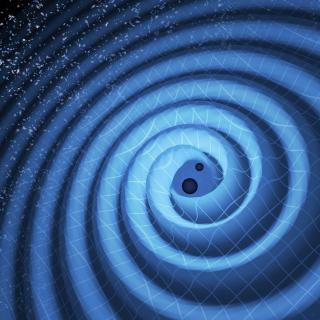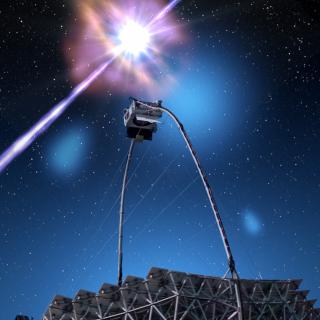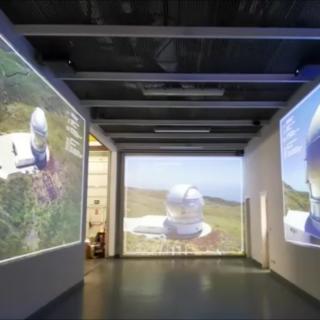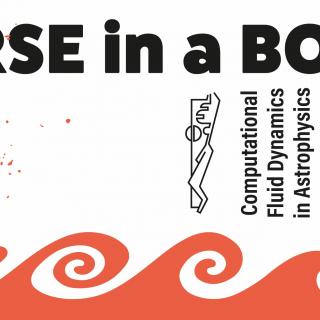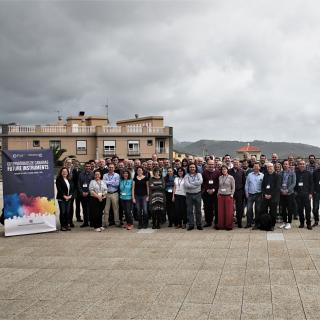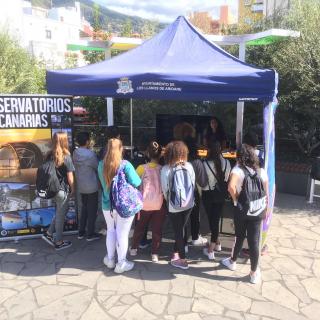
The Instituto de Astrofísica de Canarias, (IAC) has participated, with a number of activities, in the XV Edition of the Science and Innovation Weeks organized bby the Canary Agency of Research, Innovation, and the Information Society (ACIISI) of the Government of the Canaries, in this way making a contribution to the popularization of science and technology in the society of the islands. The main theme of the event was the Periodic Table of the Chemical Elements, because 2019 is the International Year of the Periodic Table which was proposed by Dimitri Mendeev just 150 years ago.El IAC ha
Advertised on
